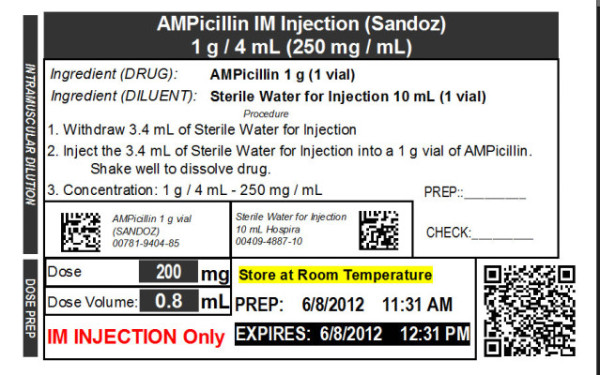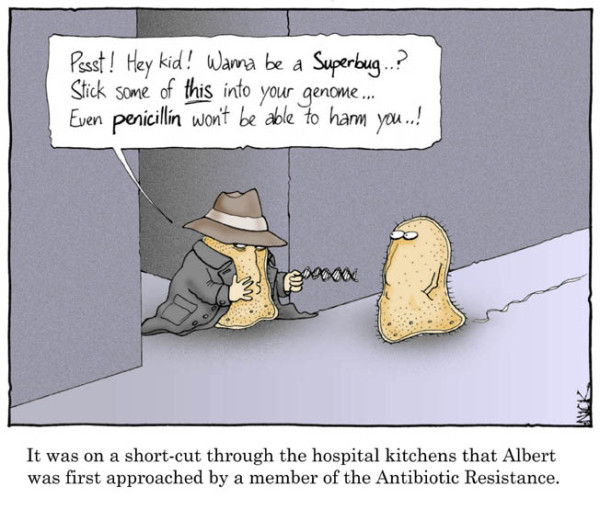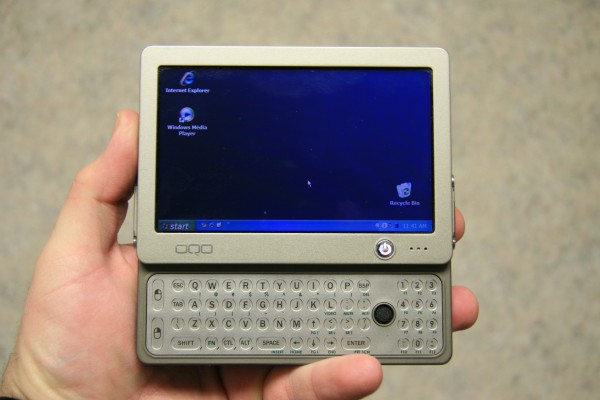“I`m back in the saddle again, out where a friend is a friend†– Gene Autry
It was 49 days between the time I was unceremoniously released from duty as a product manager by my previous employer until I finally went back to work. You can see my thoughts on my search for a job here.
On Thursday, September 12, 2013 I found myself in familiar territory as I reported for duty as a per diem IT Pharmacist at Kaweah Delta Medical Center. The position calls for two shifts a week. It’s a start.
For those of you that don’t know, Kaweah Delta is where I got my start as an IT Pharmacist back in November 2007. the idea of an IT Pharmacist was new and it was an exciting time. I spent about three years at Kaweah Delta implementing technology and automation left and right. I was fortunate to have been involved with a pharmacy remodel, smart pump implementation, BCMA implementation, the first stages of CPOE implementation, the early stages of mobile technology, among other things. It was also during that time that I started experimenting with this blog and social media. I learned a lot during my time at Kaweah Delta. They were good to me, but I left in 2010 to explore other opportunities.
When I left Kaweah Delta in 2010 the IT Pharmacy department was one person, me. Since that time they’ve grown the service to include 2.5 full-time pharmacists and a full-time pharmacy technician. They’ve done a lot of good things since 2010, and thankfully they’re doing a lot more. They are currently preparing to implement the NEPS Labeling Solution for their labeling needs as well as implementing DoseEdge in their IV room. Fortunately for me they ran out of bodies to do all the work and were contemplating hiring another pharmacist when I made contact in search of employment. Timing is everything they say.
I won’t lie, the first two days in the “new†position were a bit humbling. I felt like the kid that went away to college at the big university only to find out that he couldn’t make it and had to return home and start over at the local junior college. I am now at the bottom of the very ladder of which I used to sit atop. My excursion into the world outside the pharmacy walls has literally cost me six years of career path time, i.e. I’m right where I was in November of 2007. Actually, that’s not true. In the strictest sense I’m in a position lower than I was in November 2007.  So in reality it’s more like ten years of career path time, unless pharmacy career time is like dog years. In that case I should be ok unless I have the dog years thing backward, at which point I’m screwed.
Everyone at Kaweah Delta has been great. I’ve had to explain my situation to several people, but no one has openly mocked me yet, which I believe the pharmacist code allows. Regardless of all that, it feels good to be back in the saddle again.



